Analyzing the Polygon zkEVM Ecosystem Map: Slow but Steady
Original Source: 《Polygon zkEVM Ecosystem: Slow but Steady》
Written by: 100y
Compiled by: Deep Tide TechFlow
1. Introduction
In 2022, many ZK rollup networks fell into fierce competition. Currently, many of these networks have launched their mainnets and are actively developing their ecosystems. On March 23, 2023, the Arbitrum airdrop was successful, leading users to migrate to ZK rollups in hopes of benefiting from subsequent airdrops. This shift was particularly evident in zkSync Era, StarkNet, and other ZK rollup networks that have yet to release their own tokens.
Unlike other emerging ZK rollup networks that do not have tokens, there is one ZK rollup network that has received less attention but boasts stable technology and a developer-friendly environment: Polygon zkEVM. Polygon zkEVM is one of the ZK rollup networks developed by the Polygon Foundation, previously known as Polygon Hermez. The main technical difference between Polygon zkEVM and other ZK rollup networks is its high EVM compatibility.
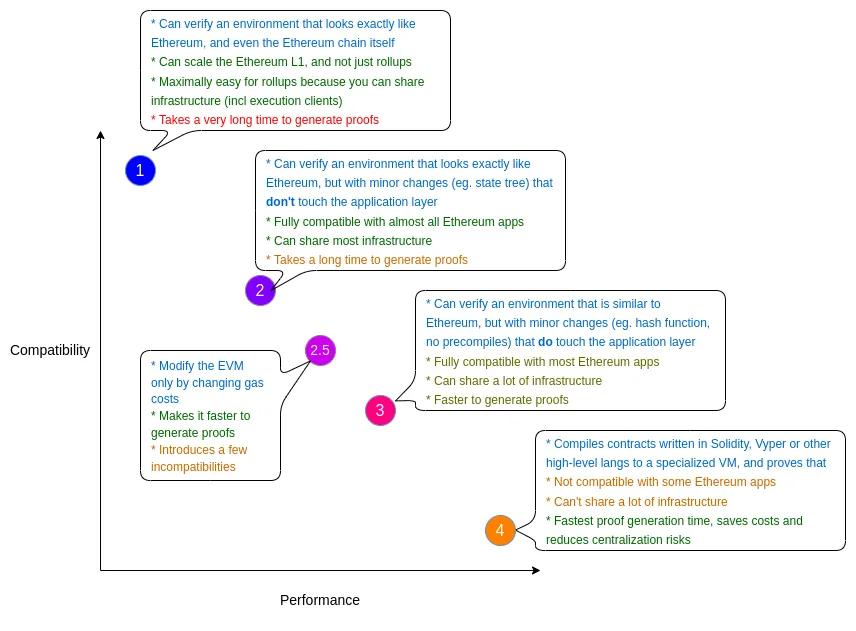
Unlike other ZK rollup projects (such as StarkNet and zkSync Era) that build their own virtual machines and translate Solidity into zero-knowledge-friendly languages to compile into bytecode, Polygon zkEVM supports Ethereum's opcodes. Therefore, while Polygon zkEVM may not be as scalable as other ZK rollup networks, it has the advantage of providing developers with a more user-friendly environment to build dApps using existing Solidity code.

In Polygon zkEVM, ETH tokens are used as gas fees, while MATIC tokens are used to incentivize Sequencers and Aggregators, which determine the order of transactions on the network to create batches and generate ZKPs for these batches. Since both tokens are already issued, many users believe that Polygon zkEVM will not conduct an airdrop, which is why it initially performed worse in network activity compared to other networks. However, if you look at the recent trends of the Polygon zkEVM network, you will find that users and TVL are growing rapidly for several reasons.
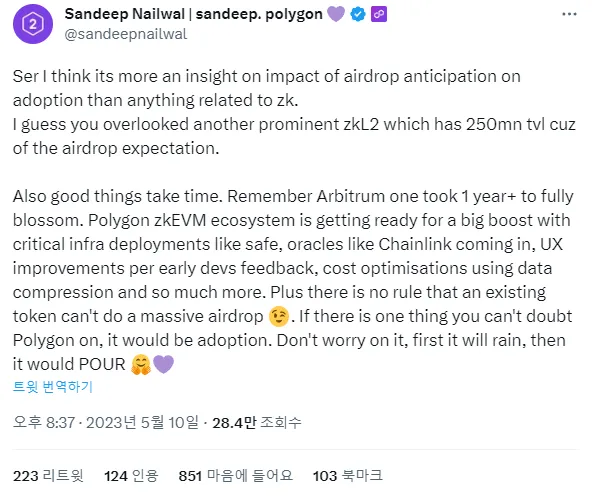
The first and most compelling reason is a tweet from Polygon co-founder Sandeep Nailwal. In response to a tweet mocking Polygon zkEVM's low TVL, Sandeep tweeted the above message, which included the line "There is no rule that existing tokens cannot have large-scale airdrops." Following this tweet, many users began to use Polygon zkEVM in anticipation of an airdrop.
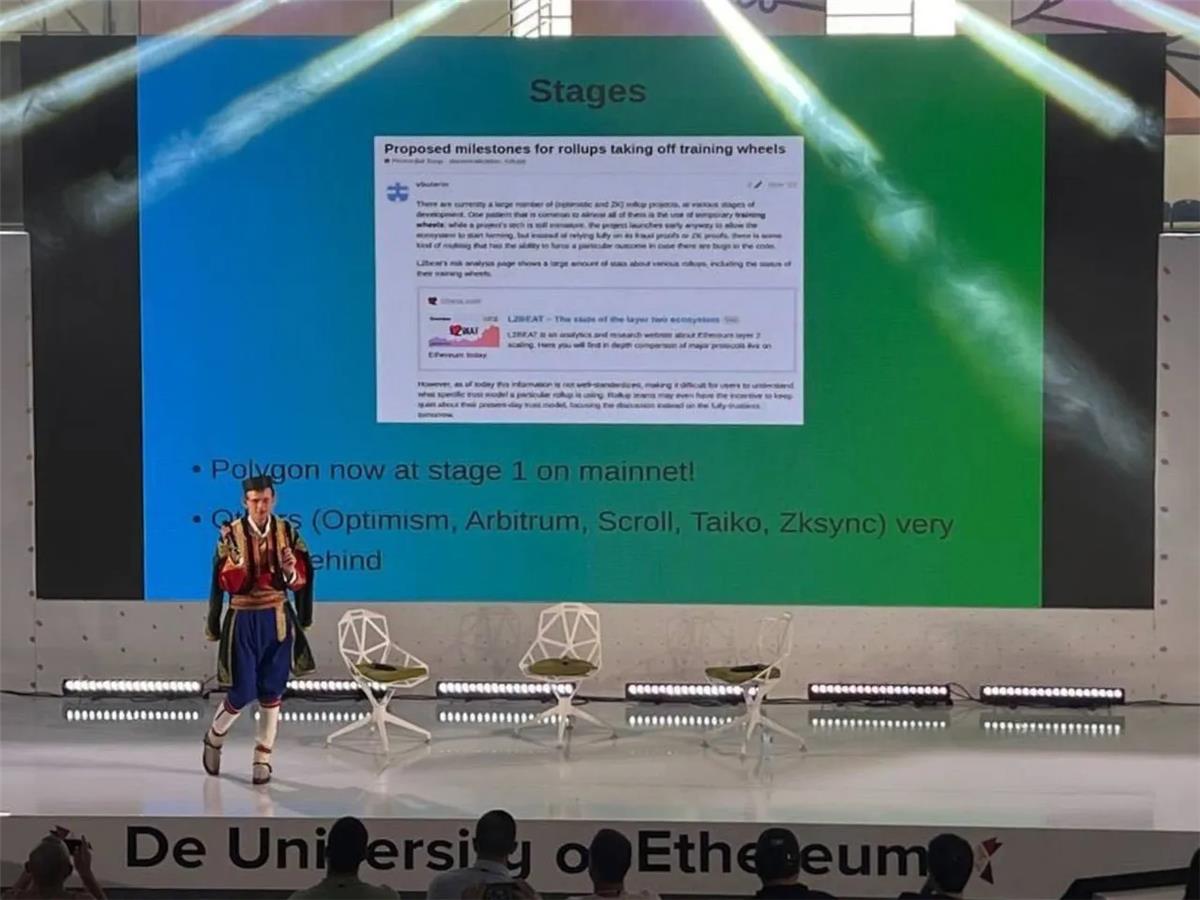
The second reason is that Vitalik Buterin mentioned Polygon zkEVM during a workshop at EDCON2023. Previously, Vitalik had published an article in the Ethereum community Ethereum Magicians outlining the milestones that Rollup networks need to achieve, dividing them into phases 0, 1, and 2. During a workshop, Vitalik made a statement indicating that Polygon zkEVM has reached phase one, while other competing networks have not reached this stage. This achievement drew attention to Polygon zkEVM. It is important to note that to reach phase one, unlike phase zero, there must be a proof-of-work system (such as fraud proofs or validity proofs), and measures must be taken to protect the upgrade mechanism of Rollup smart contracts.
Polygon zkEVM has recently attracted increasing attention, and in less than a month, its TVL skyrocketed from about $2 million to $25 million, a tenfold increase. Although the ecosystem is rapidly developing, the network is still in its infancy. In this article, we will outline the dApps present in the Polygon zkEVM ecosystem, which, although still in its early stages, has sufficient momentum for development.
2. Polygon zkEVM Ecosystem
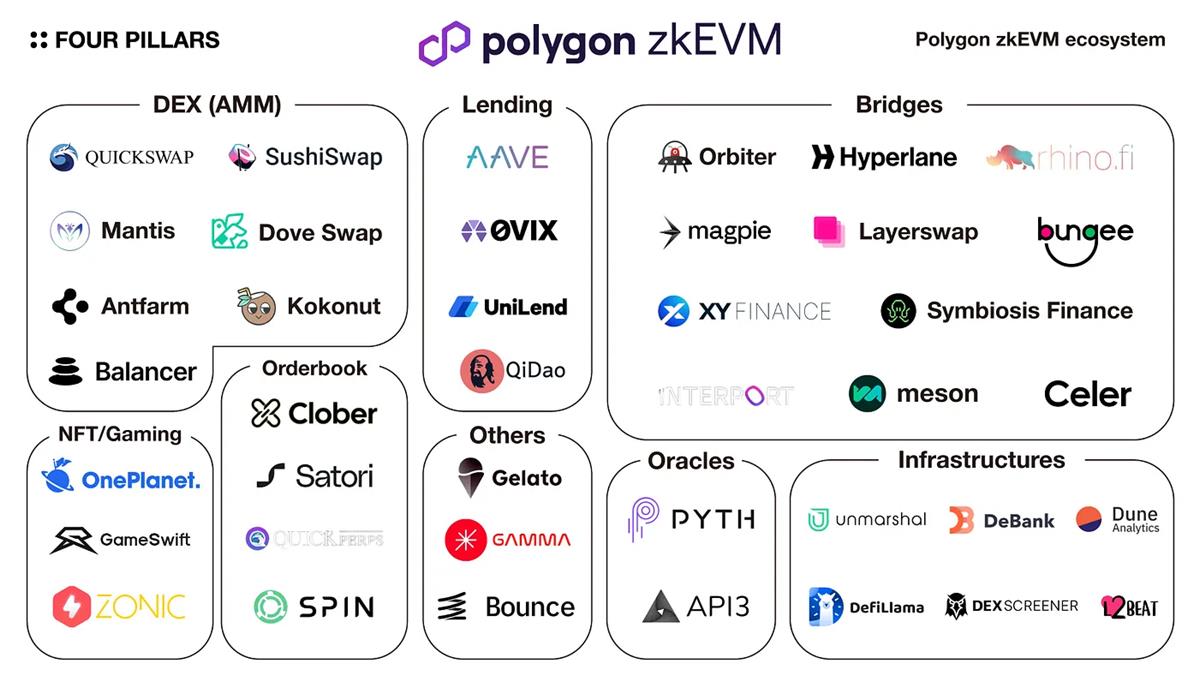
2.1 DeFi (AMM DEX)
2.1.1 Quickswap

Quickswap is the leading AMM DEX in the Polygon ecosystem, supporting Polygon, Dogechain, and Polygon zkEVM networks. Quickswap provides AMM DEX services based on CPMM (x*y=k) and offers a concentrated liquidity system similar to Uniswap V3. Additionally, Quickswap has launched a new service on Polygon zkEVM, which is perpetual futures trading. Due to the high scalability of Polygon zkEVM, the Quickswap team seems to have deployed it on the Polygon zkEVM network rather than Polygon PoS. The basic system is similar to GMX, but its advantage lies in the fact that prices are obtained through Oracles, allowing users to trade without price impact. Liquidity in the market comes from QLP tokens, and liquidity providers can deposit QLP tokens to earn trading fees and incentives.
2.1.2 Mantis Swap
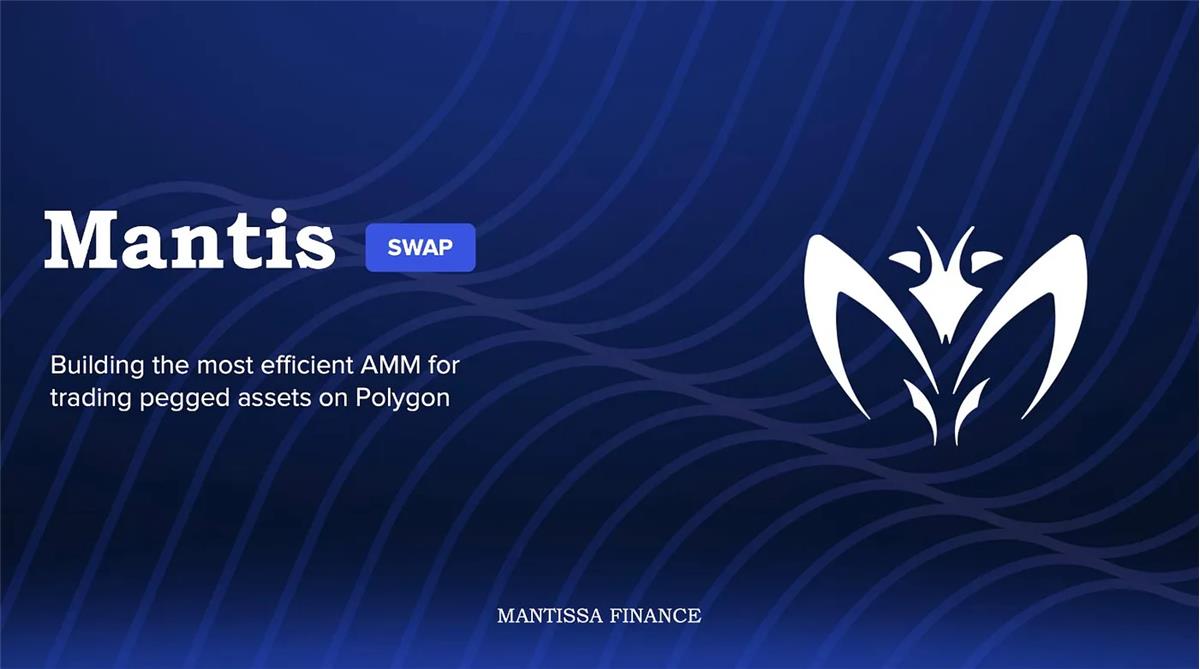
Mantis Swap is a stablecoin exchange in the Polygon ecosystem that facilitates trading of pegged assets like stablecoins. What sets Mantis Swap apart from other stablecoin exchanges is that it aggregates multiple assets into a single liquidity pool and allows providing a single asset as liquidity. For example, the current Mantis Swap liquidity pool on Polygon zkEVM includes USDT, USDC, and DAI, with the advantage that liquidity providers only need to provide one token instead of two or more.
2.1.3 Antfarm Finance
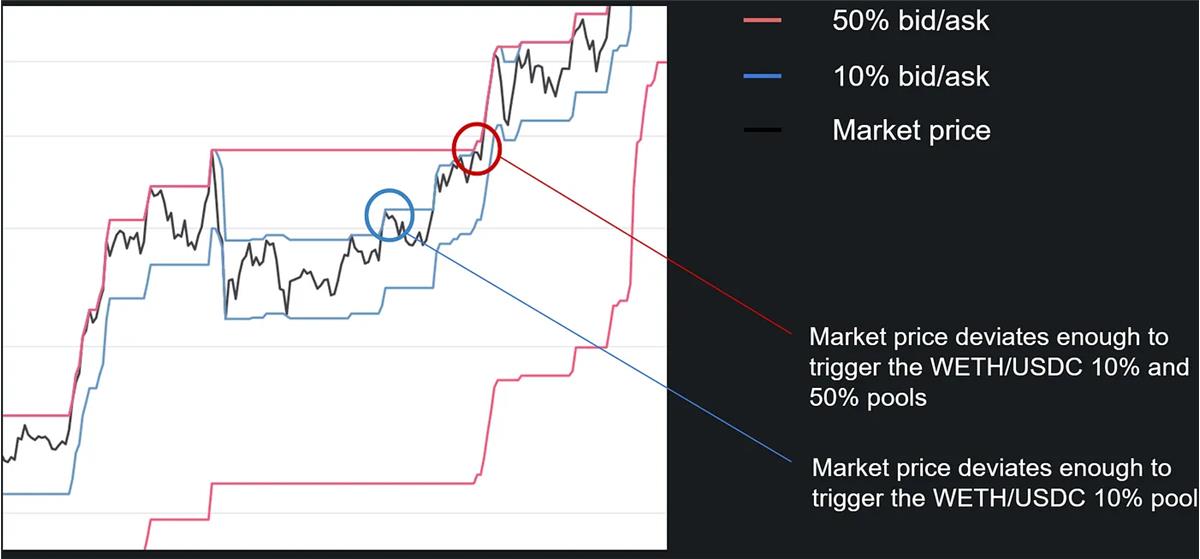
Antfarm Finance is a DEX operating on Ethereum, Arbitrum, and Polygon zkEVM, using a new strategy called Band Rebalancing AMM. Taking the ETH/USDC liquidity pool as an example, liquidity providers can choose to provide liquidity with fees of 1%, 10%, 25%, or 50%. But who would want to trade in a liquidity pool with a 10% extremely high fee? This could happen during periods of extreme volatility; if 1 ETH is priced at 1,000 USDC, but in another market, 1 ETH is priced over 1,100 USDC, arbitrage trading will occur. Therefore, users providing liquidity to Antfarm Finance's high-fee liquidity pools have the advantage of betting on volatility.
2.1.4 Balancer

Balancer is a representative AMM DEX protocol in the Ethereum ecosystem, offering various liquidity pools, including two assets in different ratios and stablecoin trading pools, in addition to the basic CPMM (x*y=k). Through BIP-224, Balancer proposed deployment on zkEVM and recently made an official announcement.
2.1.5 Others
In addition to the DEXs mentioned above, there are many other protocols, including:
DoveSwap is a native zkEVM DEX that supports concentrated liquidity features like Uniswap V3, where liquidity can only be provided within specific price ranges.
Kokonut Swap is an AMM DEX based on Klaytn that has also begun supporting the Polygon zkEVM network. Kokonut Swap uses Curve's stablecoin exchange AMM to handle assets of equivalent value and employs dynamic PEG to manage assets of different values, providing more focused liquidity than ordinary CPMM.
Sushiswap is a leading AMM DEX in the Ethereum ecosystem, which now also supports the Polygon zkEVM network through forum proposals.
2.2 DeFi (Lending)
2.2.1 0vix

0vix is a lending protocol in the Polygon ecosystem that supports both Polygon PoS and Polygon zkEVM networks. Users can deposit collateral to earn interest or borrow through over-collateralization. 0vix supports major tokens like WBTC and WETH, as well as liquidity tokens like wstETH and stMATIC, and various tokens like vGHST, jEUR, and gDAI.
2.2.2 Aave
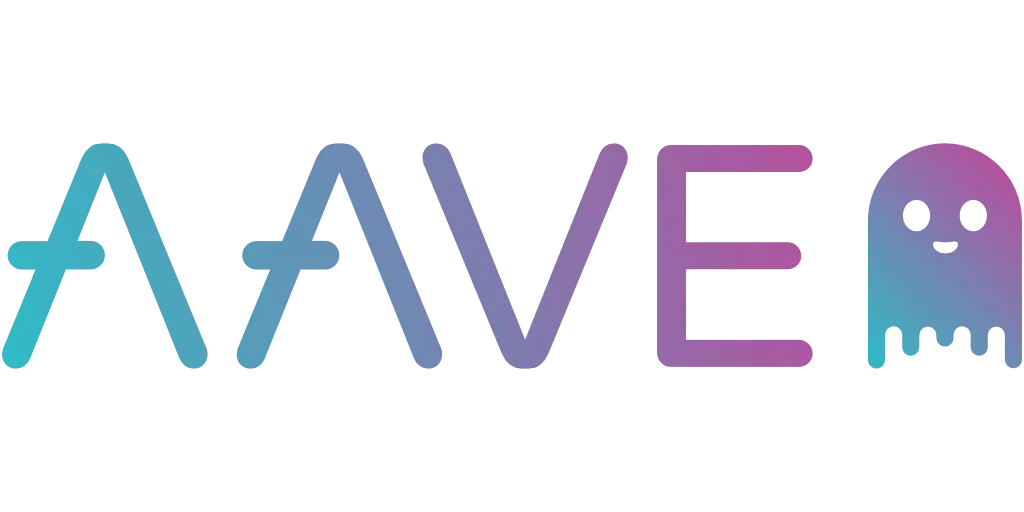
Aave is a leading lending protocol in the Ethereum ecosystem that supports various EVM networks. Like other lending protocols, it allows users to borrow through over-collateralization. Since 2022, Aave V3 has been deployed and tested on the Polygon zkEVM testnet, and it is expected to be deployed on the mainnet in the near future, as it received overwhelming votes in favor of deployment to the Polygon zkEVM mainnet during the March voting on the snapshot governance platform.
2.2.3 Qi Dao
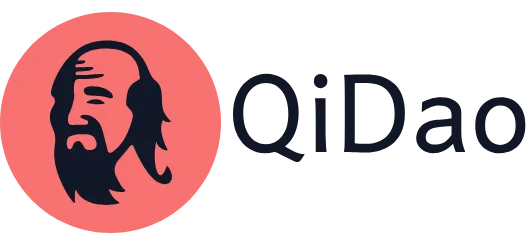
Qi Dao is a stablecoin issuance protocol. Users can deposit collateral through over-collateralization and issue MAI stablecoins. The feature of Qi Dao is that the stablecoins issued by users do not incur any interest, and the borrowed stablecoins have no maturity date for repayment. Of course, when the value of the collateral decreases, there will be a liquidation process, which incurs penalties.
2.2.4 Others
UniLend Finance is a multi-chain decentralized money market protocol that supports over-collateralized loans.
2.3 DeFi (Order Book DEX)
2.3.1 Clober
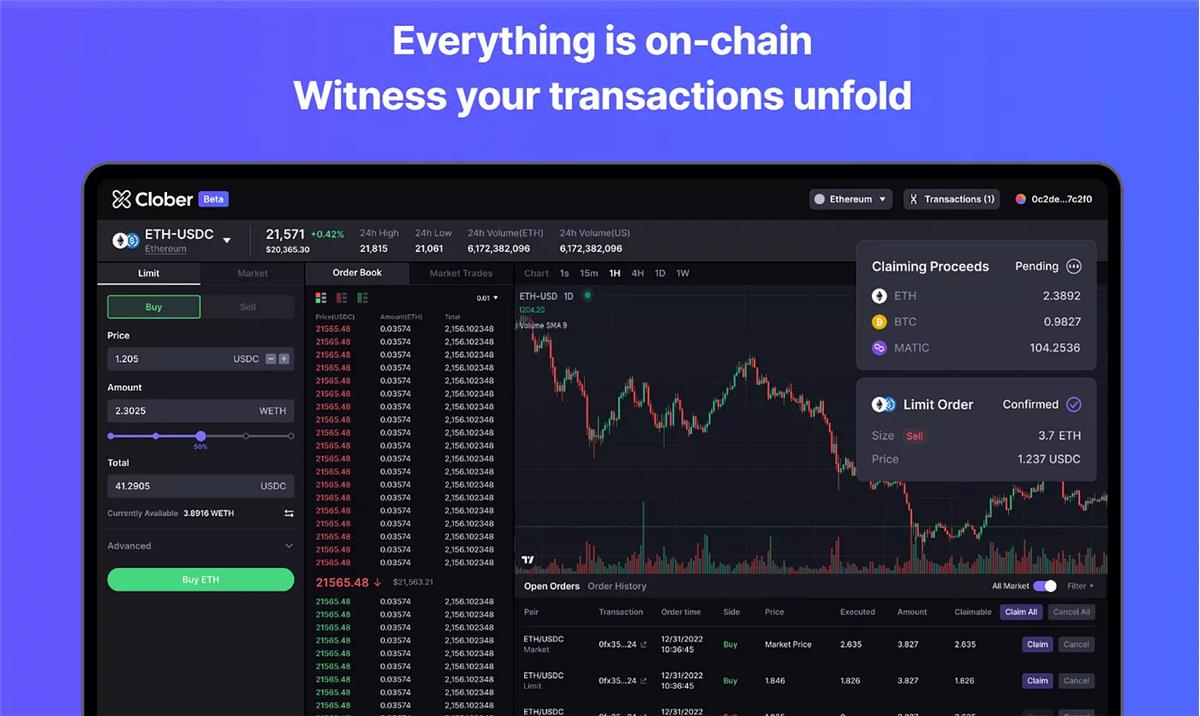
Clober is an on-chain order book for EVM networks, currently supporting Ethereum, Polygon, Arbitrum, and Polygon zkEVM. Due to the high trading volume, implementing an on-chain order book is challenging, and Clober addresses this issue through its proprietary technology called segmented trees and octopus heaps. By utilizing Clober, users can execute trades on-chain while enjoying an order book experience similar to centralized exchanges.
2.3.2 Satori

Satori is a perpetual futures order book trading protocol that has raised over $10 million from various institutions, including Polychain Capital, Jump Crypto, and Coinbase Ventures. Satori allows users to trade perpetual futures on-chain easily using an interface and user experience similar to centralized exchanges.
2.3.3 Others
Spin Fi is a one-stop DeFi platform initially built on Near Protocol, offering spot and futures order book trading, decentralized options vaults (DOV), and more.
2.4 DeFi (Others)
2.4.1 Gamma

Gamma is not an AMM DEX, but a protocol that provides automated liquidity supply services for DEXs like Uniswap V3, allowing concentrated liquidity to be provided by setting specific price ranges. The downside of concentrated liquidity is that if the market price exceeds the set price range, liquidity will be excluded from the liquidity supply, earning no interest, and the incurred losses can be significant. However, Gamma can address this drawback by automatically rebalancing the price range based on market prices. Gamma is currently collaborating with Quickswap to provide this service on Polygon zkEVM.
2.4.2 Gelato
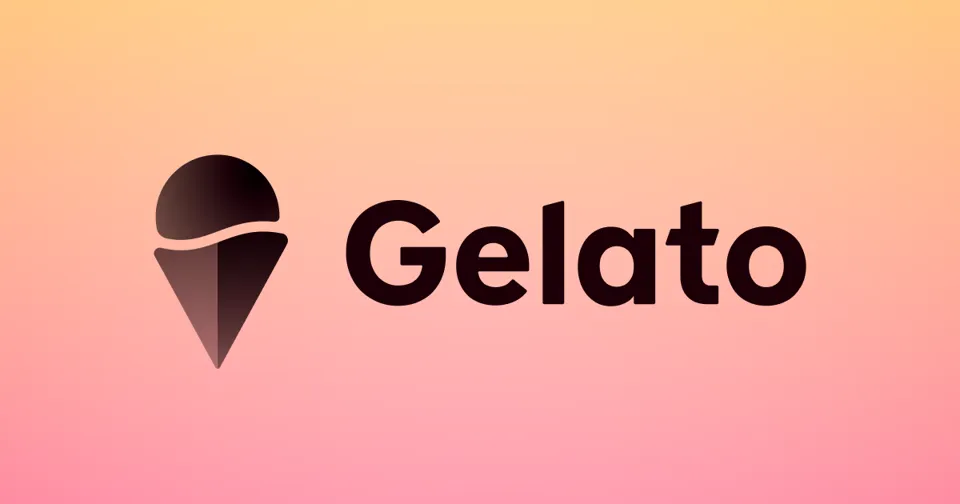
Gelato is a protocol that helps automate smart contracts, and many DeFi protocols utilize Gelato. The protocol can leverage Gelato to implement limit orders on AMM DEXs, manage liquidation risks in lending protocols, or introduce the ability to rebalance price ranges on protocols that support concentrated liquidity (like Uniswap V3). Gelato will deploy a relay network on the Polygon zkEVM network to help various dApps in the ecosystem automate their smart contracts.
2.4.3 Others
Bounce Finance is an auction-as-a-service protocol that allows various auction methods to be easily implemented on-chain, including fixed-price auctions, Dutch auctions, and sealed-bid auctions.
2.5 NFTs and Gaming
2.5.1 OnePlanet

OnePlanet is the leading NFT marketplace in the Polygon ecosystem, recently announcing its deployment on the Polygon zkEVM network. Unlike other NFT marketplaces, OnePlanet curates its NFT collections. Not every project can be listed on OnePlanet; only NFT collections verified by the team can be listed, allowing users to safely and reliably purchase high-quality NFTs. Various projects in the Polygon ecosystem have collaborated with OnePlanet to host various events.
2.5.2 Others
Gameswift (formerly known as StarTerra on the Terra blockchain) is a comprehensive gaming platform offering IGO, INO, and gaming services.
Zonic is an NFT marketplace specifically targeting second-layer networks such as Optimism, Arbitrum, Nova, zkSync Era, and Polygon zkEVM.
2.6 Cross-Chain Bridges
2.6.1 Orbiter Finance
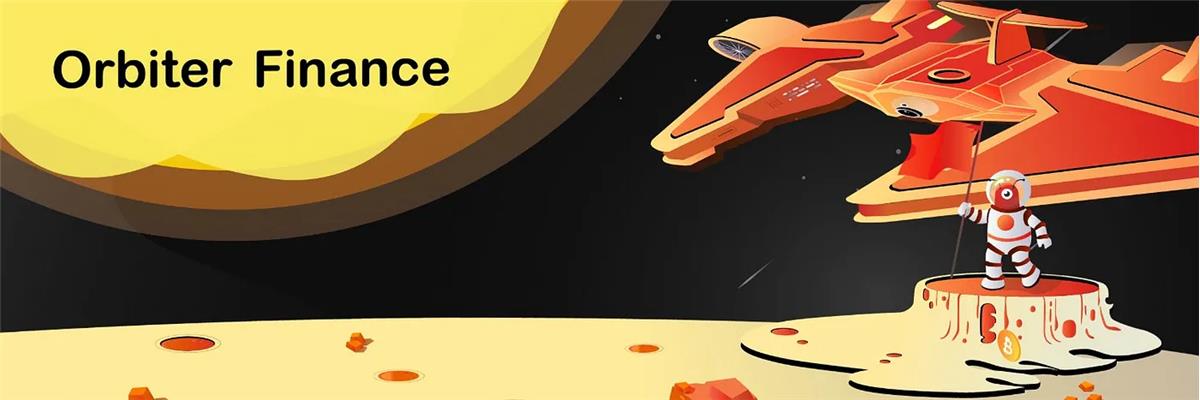
Orbiter Finance is a cross-rollup protocol specifically designed for Rollups, supporting various L2 networks outside of Ethereum. In Orbiter Finance, there is an entity called Maker, which has liquidity on each network, and the bridging process involves users sending funds to the Maker on the source chain and receiving funds from the Maker on the target chain. The downside is that there is a limit to the amount of ETH that can be sent at one time, but the advantage is that the bridging process is very fast.
2.6.2 Hyperlane
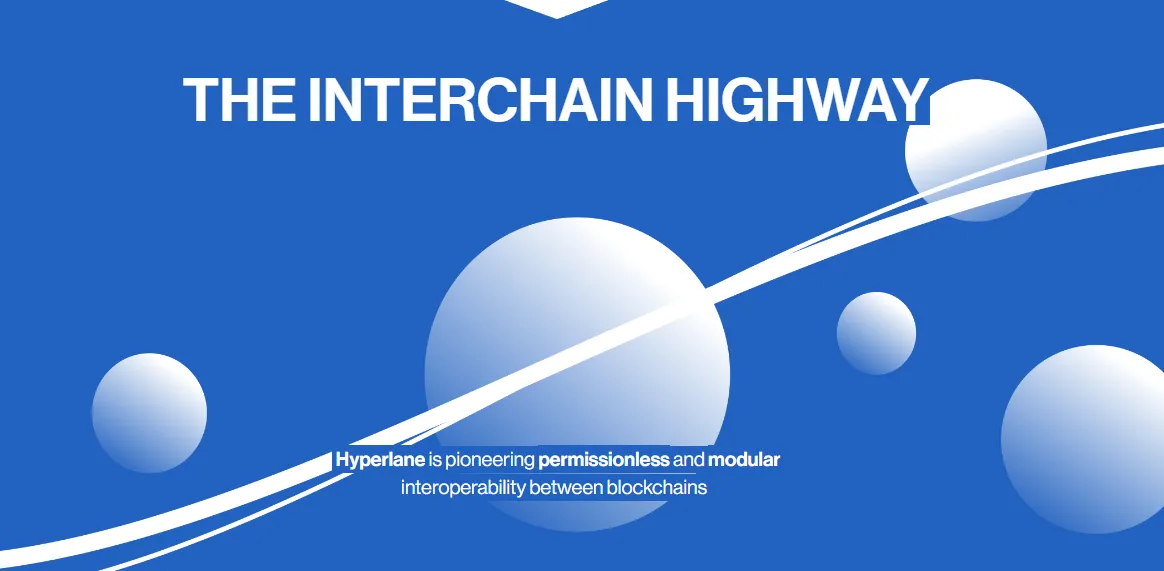
Hyperlane is a protocol that implements cross-chain communication in a modular way, allowing anyone to adopt Hyperlane, whether L1, L2, or application chains. Currently, Hyperlane is only available for EVM chains but will provide support for non-EVM networks in the future. The verification method uses external validators. The introduction of Hyperlane will improve the composability with other networks enabled by Hyperlane on Polygon zkEVM.
2.6.3 Rhino Fi

Rhino Fi is a one-stop DeFi platform specifically targeting the Ethereum ecosystem and supporting multiple rollup networks, including Optimism, Arbitrum One, Polygon zkEVM, and zkSync Era. In addition to supporting swaps, liquidity pools, and various vaults, users can also bridge to the Polygon zkEVM network.
2.6.4 Magpie Protocol

Magpie Protocol is a cross-chain DEX that allows users to trade assets directly from multiple networks. To trade assets from different networks, users typically need to bridge assets from one chain to another and then execute the trade. However, with Magpie, users can complete all operations in one go. In the cross-chain exchange process, there is no mechanism of locking/destroying tokens; token trading is conducted through Wormhole's universal messaging protocol. The process of token exchange is as follows: 1) The user's trade is submitted on the source chain. 2) The user's assets are converted into stablecoins. 3) The stablecoins are deposited through existing cross-chain bridges (such as Wormhole and Stargate). 4) The user's exchange and deposit information is sent to the target chain via Wormhole. 5) Once verified, the stablecoins will purchase tokens on the target chain and send them to the user.
2.6.5 Others
Layerswap is a cross-chain bridge protocol that supports 17 exchanges and 20 blockchains. Unlike other bridges, it also supports bridging with CEXs.
XY Finance is a cross-chain exchange protocol where liquidity providers provide liquidity to Y pools on each network, allowing traders to utilize liquidity on each network to exchange for any desired asset through the X swap function.
Bungee is a cross-chain exchange protocol based on a cross-chain protocol called Socket, supporting various EVM networks. Fund transfers are conducted through a liquidity layer.
Meson Fi is a cross-chain stablecoin exchange protocol that allows users to exchange stablecoins across multiple networks by leveraging the liquidity provided by liquidity providers on each network. It utilizes HTLC atomic swaps as a bridging method.
Interport Finance is also a cross-chain DEX protocol that allows users to execute cross-chain exchanges simultaneously, utilizing liquidity provided by liquidity providers.
Symbiosis Finance also supports a cross-chain DEX protocol for multiple EVM networks. To ensure bridging security, it relies on validators maintained by an incentive mechanism called Symbiosis Relayer.
Celer is a cross-chain bridge optimized for EVM chains, where transactions are verified by an entity called the State Guardian Network, which is driven by economic incentives. Bridging is achieved through liquidity provided by liquidity providers on each network.
2.7 Oracles
2.7.1 Pyth

Pyth is an oracle that provides price data for cryptocurrencies, stocks, forex, commodities, and more, operating on over 13 blockchains. Pyth directly obtains data from first-party sources, including Cboe, Jane Street, Binance, and many other large organizations. Pyth's price information is currently available for the 0vix protocol on Polygon zkEVM and will be supported on various Polygon zkEVM protocols in the future.
2.7.2 API3
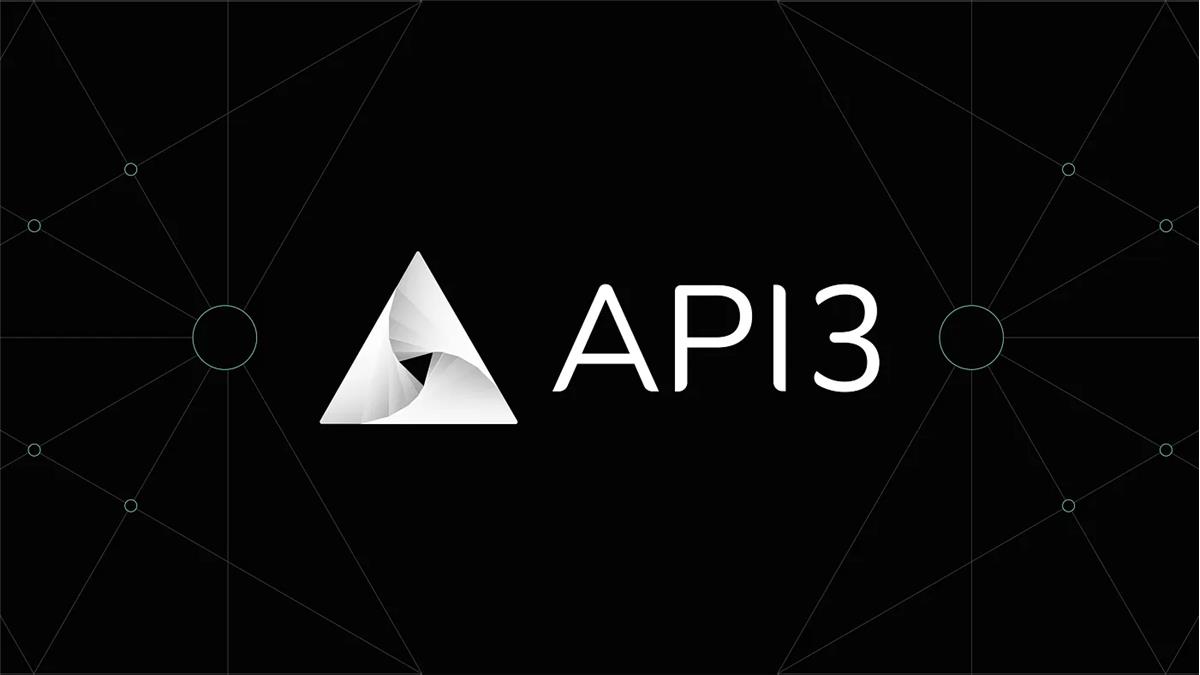
API3 is an oracle similar to Pyth that can obtain data directly from first parties. API3's product, Airnode, has the advantage of obtaining data directly from third parties and is very easy to use and maintain, with low costs. API3 is currently being used to provide price information for the Dovish perpetual protocol on Polygon zkEVM.
2.8 Infrastructure
2.8.1 Unmarshal

Unmarshal provides various data infrastructure services and APIs across multiple networks. Services include a user-friendly UI block explorer called Xscan and a no-code smart contract indexer called Parser. Unmarshal will be used as the indexing and querying layer for the Polygon zkEVM network.
2.8.2 Others
Defillama is one of the most well-known DeFi analytics websites, aggregating on-chain data related to DeFi from multiple networks.
DeBank is an asset dashboard service specifically for EVM networks, displaying the assets of specific wallets with a user-friendly UI. Additionally, it offers messenger services and other features.
Dexscreener is a service that analyzes and provides data for DEXs that are harder to access than CEXs, allowing users to view price charts of tokens listed only on DEXs or access data from various liquidity pools.
L2beat showcases information about various Ethereum Layer 2 networks, allowing users to view quantitative data such as TVL, transaction counts, and qualitative analyses of risks.
Dune is an on-chain data analysis platform that allows users to query and visualize data from various networks.
3. Conclusion
Recently, Polygon outlined its vision for building L2 chain networks based on ZK technology and proposed a roadmap called Polygon 2.0. While more details will be disclosed later, we can expect the Polygon ecosystem to expand around Polygon zkEVM and related technologies. For such a future roadmap, the initial Polygon zkEVM ecosystem will play a very important role. With recent proposals to extend Rocket Pool's rETH to Polygon zkEVM, it is anticipated that more Dapps and users will join Polygon zkEVM in the future.










